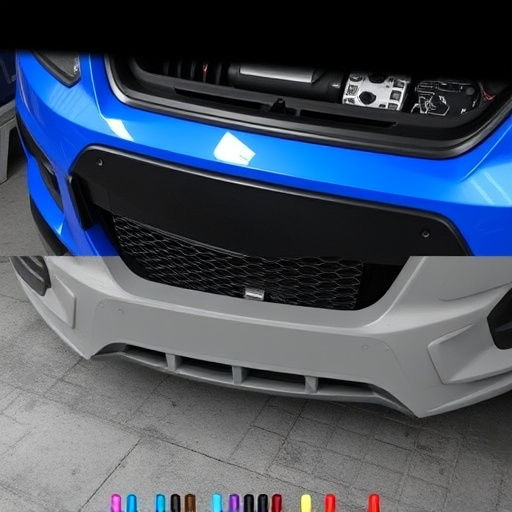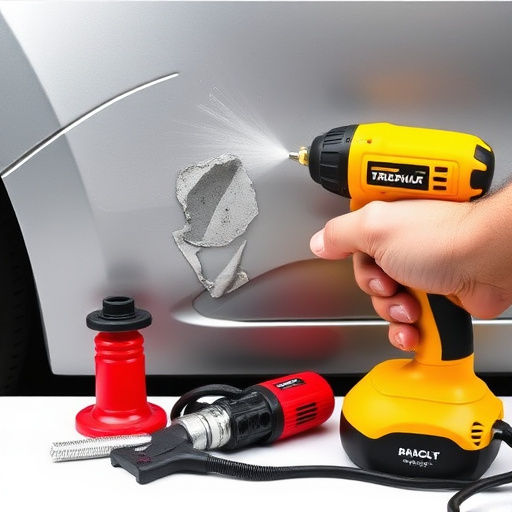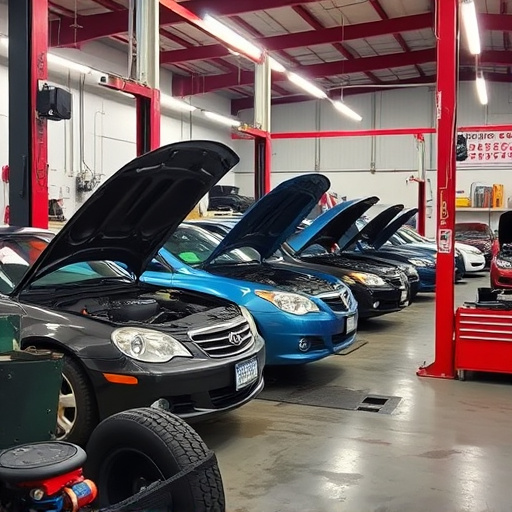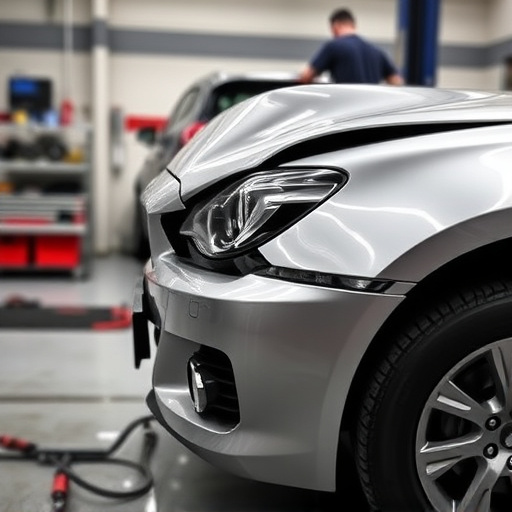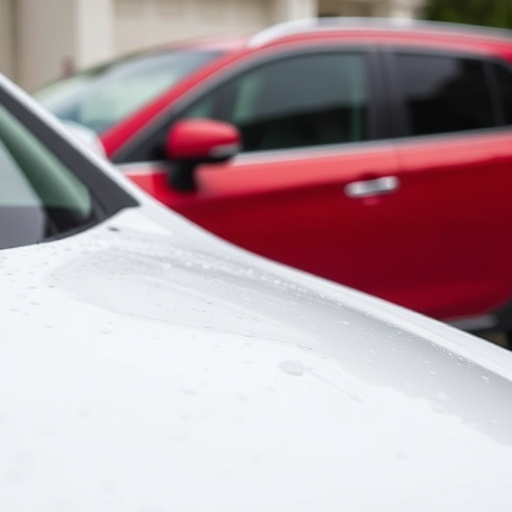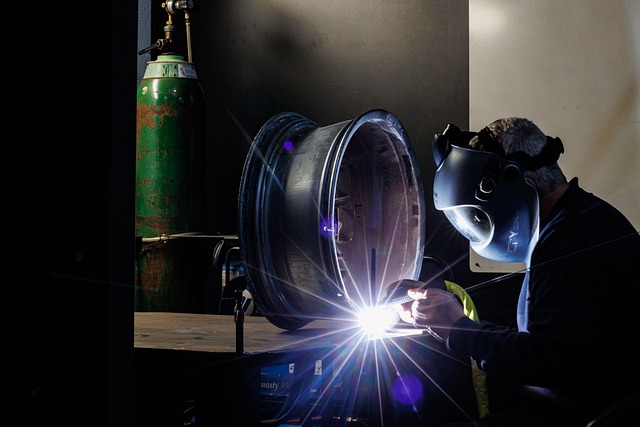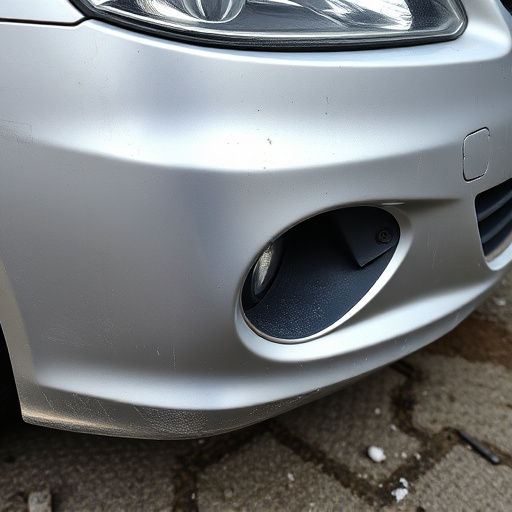ASE Certified Collision Repair programs offer a rigorous, comprehensive training experience for aspiring auto technicians, equipping them with industry-recognized skills and knowledge in areas like vehicle paint repair, collision repair, and scratch repair. These programs emphasize safety protocols and quality control, testing students' understanding of latest practices and technologies through diverse scenarios. The stringent evaluation process involving written exams and hands-on assessments certifies technician proficiency, ensuring repairs meet high standards of safety and quality, while fostering consumer trust in the industry.
In today’s automotive industry, ensuring quality collision repair is paramount. The Association for Automotive Service Excellence (ASE) plays a pivotal role by setting standards through its certified collision repair programs. This article delves into the essential aspect of testing within these programs, exploring why it’s crucial for proficient ASE-certified collision repair. We’ll dissect various test types and their benefits, highlighting how they contribute to upholding rigorous industry standards.
- Understanding ASE Certified Collision Repair Programs
- The Importance of Testing in Collision Repair Training
- Types and Benefits of Tests for ASE Certification
Understanding ASE Certified Collision Repair Programs

ASE Certified Collision Repair programs are designed to equip students with the skills and knowledge required for professional-level auto collision repair. These programs, recognized by the National Institute for Automotive Service Excellence (ASE), ensure that technicians meet high standards in various specialties, including vehicle paint repair, auto collision repair, and car scratch repair. The ASE certification process involves rigorous testing, demonstrating a deep understanding of the latest industry practices and technologies.
These programs not only cover technical aspects but also emphasize safety protocols and quality control measures, ensuring graduates are prepared to handle complex repairs with precision and efficiency. By focusing on both theoretical knowledge and hands-on skills, ASE Certified Collision Repair training provides a comprehensive foundation for aspiring professionals in the auto industry, enabling them to excel in their careers and deliver top-notch services to vehicle owners.
The Importance of Testing in Collision Repair Training

Testing plays a pivotal role in ASE certified collision repair programs, ensuring that students are equipped to handle real-world challenges with precision and skill. It goes beyond textbook knowledge, demanding practical application of techniques and critical thinking under pressure. This hands-on approach is crucial for preparing aspiring automotive collision repair technicians for the diverse and demanding landscape of modern body shop services.
Comprehensive testing exposes students to various scenarios, from minor dent removal to complex car restoration. By simulating real-life repairs, these assessments help identify knowledge gaps and refine skills. Moreover, they foster a culture of continuous learning, where students are motivated to excel and keep up with the ever-evolving standards and technologies in the ASE certified collision repair field.
Types and Benefits of Tests for ASE Certification

The journey to becoming an ASE certified collision repair specialist involves a rigorous evaluation process designed to assess practical skills and knowledge. These evaluations encompass various test types, each serving a distinct purpose in validating expertise. Written exams, for instance, delve into theoretical aspects of auto bodywork, covering topics like material properties, safety protocols, and intricate technical procedures. Hands-on assessments, on the other hand, put candidates’ practical abilities to the test by simulating real-world collision repair scenarios, ensuring they possess the precision and skill required to handle vehicle body repairs effectively.
The benefits of these testing methods are multifaceted. They not only certify the proficiency of technicians but also promote high standards across the industry. Rigorous testing ensures that ASE certified collision repair professionals have a deep understanding of auto bodywork principles and techniques, fostering trust among consumers. This process ultimately safeguards the safety and quality of vehicle repairs, benefiting both owners and mechanics alike by establishing a reliable benchmark for excellence in collision repair services.
In conclusion, testing plays a pivotal role in ASE certified collision repair programs by ensuring that trainees possess the necessary skills and knowledge. Through a combination of practical assessments and theoretical evaluations, these programs prepare individuals to excel in the field, addressing industry standards and client expectations. By embracing diverse test formats, from written exams to hands-on simulations, ASE certification becomes a trusted benchmark for quality collision repair education.
